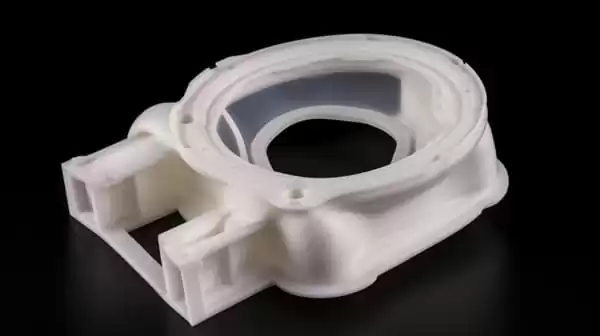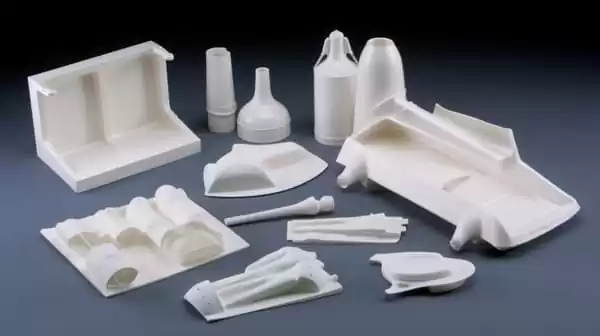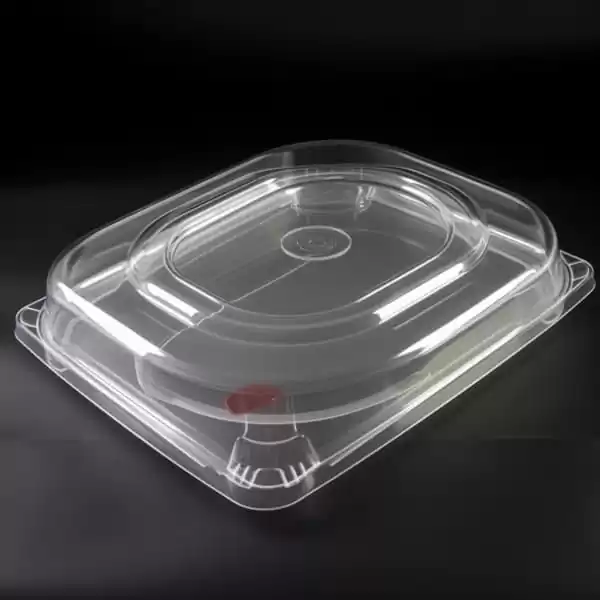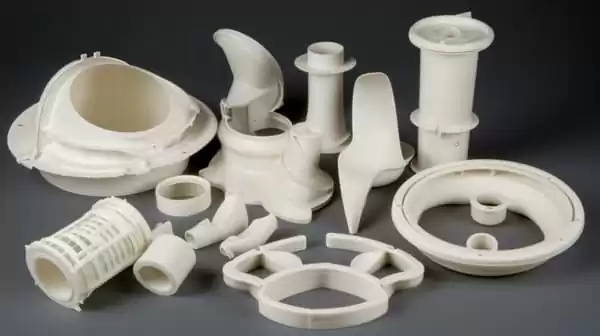Introduction
Choosing the right finish for surfaces plays a crucial role in achieving the desired aesthetic and functionality. Two popular options that often come up are gloss and matte finishes. Understanding the difference between these two finishes is important for making informed decisions in various industries and projects. In this article, we will explore the significance of understanding gloss and matte finishes and provide a brief overview of each.
Gloss finishes are characterized by their shiny and reflective surface, creating a polished and vibrant appearance. They are commonly used in industries such as automotive, furniture, and photography. On the other hand, matte finishes offer a non-reflective, flat appearance, providing a subtle elegance and hiding surface imperfections. They find applications in interior design, graphic design, and packaging.

By delving into the details of gloss and matte finishes, we can gain valuable insights into their distinct characteristics, advantages, and suitable applications. Whether you are an artist, designer, homeowner, or simply curious about the world of finishes, understanding the difference between semi gloss paint and a matte paint will empower you to make informed choices and achieve the perfect look for your projects.
II. Gloss Finish
A. Definition and Characteristics:
Gloss finishes are characterized by their shiny and reflective surface, creating a polished and vibrant appearance. They are achieved by applying multiple layers of a glossy coating, resulting in a high sheen. The smooth and reflective nature of gloss finishes distinguishes them from other types of finishes.

B. Advantages of Gloss Finishes:
Gloss finishes offer several advantages that make them popular in various industries and applications:
1.Enhanced color vibrancy: Gloss finishes amplify the richness and depth of colors, making them ideal for showcasing bright or bold hues. The glossy surface reflects light, creating a captivating visual effect.
2.Reflectivity: The reflective nature of gloss finishes adds a luxurious and sophisticated touch to surfaces. It creates a mirror-like effect, which reflect light, making objects appear more visually appealing and vibrant.
3.Durability: Gloss finishes are typically more resistant to stains, scratches, and moisture, making them more durable and easier to clean and maintain. The protective glossy coating provides a level of durability, ensuring longevity in high-use areas.

C. Applications and Examples:
Gloss finishes are widely used in several industries due to their unique characteristics. Some notable applications and examples semi gloss finishes include:
1.Automotive industry: Gloss finishes are commonly used in automotive paintwork, giving vehicles a sleek and polished appearance. The reflective surface of matte paints enhances the colors and creates a visually striking effect.

2.Furniture industry: Gloss finishes are popular choices for furniture, particularly in modern and contemporary designs. They add a touch of elegance and sophistication to tables, cabinets, and other furniture pieces.
3.Photography industry: In photography, glossy paper and photo prints are often preferred for their ability to showcase vibrant colors and create a professional, high-quality look. Glossy finishes enhance the details and depth of the photographs, making them visually stunning.
Gloss finishes have a wide range of applications and provide numerous benefits, making them a versatile choice for various industries. The enhanced color vibrancy, reflectivity, and durability of gloss finishes contribute to their popularity in automotive, furniture, and photography sectors.
III. Matte Finish
A. Definition and Characteristics:
Matte finishes are known for their non-reflective, flat surface, providing a subdued and understated look. Unlike glossy finishes, matte finishes do not have a high sheen or reflective properties. They offer a smooth texture and absorb light rather than reflecting it.

B. Advantages of Matte Finishes:
Matte finishes offer several advantages that make them desirable in various applications:
1.Subtle elegance: Matte paint finishes can provide a sophisticated and contemporary aesthetic, often associated with high-end design. They offer a calm and understated elegance that can elevate the overall look and feel of paint finish in a space or object.
2.Concealing imperfections: One of the key advantages of matte finishes is their ability to hide surface imperfections. The lack of reflection helps to minimize the visibility of minor flaws or scratches, making matte finishes ideal for walls, furniture, and electronic devices.
3.Reduced glare: Matte finishes have a lower level of sheen compared to glossy surfaces. This results in reduced glare and reflections, making matte finishes suitable for areas where readability and visibility are important, such as screens or printed materials.
C. Applications and Examples:
Matte finishes find application in various industries and creative fields. Here are a few examples:
1.Interior design: Matte finishes are commonly used in interior design, particularly on walls. They provide a sophisticated backdrop for other design elements and contribute to creating a cozy and serene atmosphere in spaces like bedrooms, living rooms, and dining areas.
2.Graphic design: Matte paper finishes are popular in graphic design for printed materials, such as posters, brochures, and packaging. They offer a smooth and non-reflective surface that enhances readability and allows the colors and design elements to stand out.

3.Packaging industry: Matte finishes are frequently employed in the packaging industry to add a touch of elegance and premium feel to product packaging. They provide a unique tactile experience and a visually appealing appearance.
Matte finishes offer a range of advantages, including subtle elegance, the ability to conceal imperfections, and reduced glare. Their applications span from interior design to graphic design and packaging, making matte finishes a versatile and sought-after choice in various industries.
IV. Choosing Between Gloss and Matte Finishes
A. Factors to Consider:
When deciding between gloss and matte finishes, it's important to consider the following factors:
1.Personal preference: Your personal taste and style play a significant role in the decision-making process. Determine whether you lean towards a glossy, vibrant look or a more subtle, matte appearance.
2.Intended use and desired effect: Consider the purpose of the surface and the effect you want to achieve. Think about whether you want to highlight colors, create a luxurious look, or aim for a more understated and sophisticated ambiance.

B. Guidelines for Choosing:
Depending on the surface and desired effect, certain guidelines can help you make an informed decision:
1.Surfaces suitable for gloss finishes:
Cabinets and furniture: Gloss finishes can add a touch of elegance and sophistication to cabinets, tables, or other furniture pieces, creating a polished and eye-catching look.
Photo prints: Glossy finishes enhance the vibrancy and richness of colors in photo prints, making them visually striking and attention-grabbing.
High-end product packaging: Gloss finishes are often used in premium product packaging to create a luxurious and captivating appeal.
2.Surfaces suitable for matte finishes:
Interior walls: Matte finishes on walls create a calm and serene ambiance, making them suitable for bedrooms, living rooms, and dining areas.
Furniture with surface imperfections: If you have furniture with minor flaws or scratches, a matte finish can help conceal those imperfections, providing a smooth and elegant look.
Electronic devices: Matte finishes on screens or casings of electronic devices minimize glare and reflections, ensuring better readability and visibility.
By considering personal preference, intended use, and desired effect, you can determine whether a gloss or matte finish or flat paint is the best choice for your specific project. Remember to take into account the surface characteristics and the atmosphere you want to create. Both matte vs. finishes have their unique charm and contribute to the overall visual appeal of your work.

Conclusion:
In conclusion, understanding the differences between gloss and matte finishes is essential for making informed decisions about the appearance and functionality of surfaces. Gloss finishes offer a shiny and reflective surface, enhancing color vibrancy and creating a luxurious look. On the other hand, matte finishes provide a non-reflective, flat appearance, adding a subtle elegance and the ability to hide imperfections.
When choosing between gloss and matte finishes, it is crucial to consider specific requirements and desired aesthetics. Factors such as personal preference, intended use, and desired effect should be taken into account. By evaluating these factors, you can determine whether a glossy finish or matte finish is best suited for your project.
Both gloss and matte finishes contribute significantly to the overall visual appeal of various projects. Gloss finishes bring vibrancy, reflectivity, and durability, making them suitable for surfaces like cabinets, photo prints, and high-end product packaging. Matte finishes, on the other hand, provide a sophisticated look, conceal imperfections, and reduce glare, making them ideal for interior walls, furniture, and electronic devices.
In summary, whether you choose a semi gloss, or matte finish, both have their unique advantages and contribute to the overall aesthetic of your work. By carefully considering your specific requirements and desired aesthetics, you can make the right choice and achieve the perfect finish for your projects.



